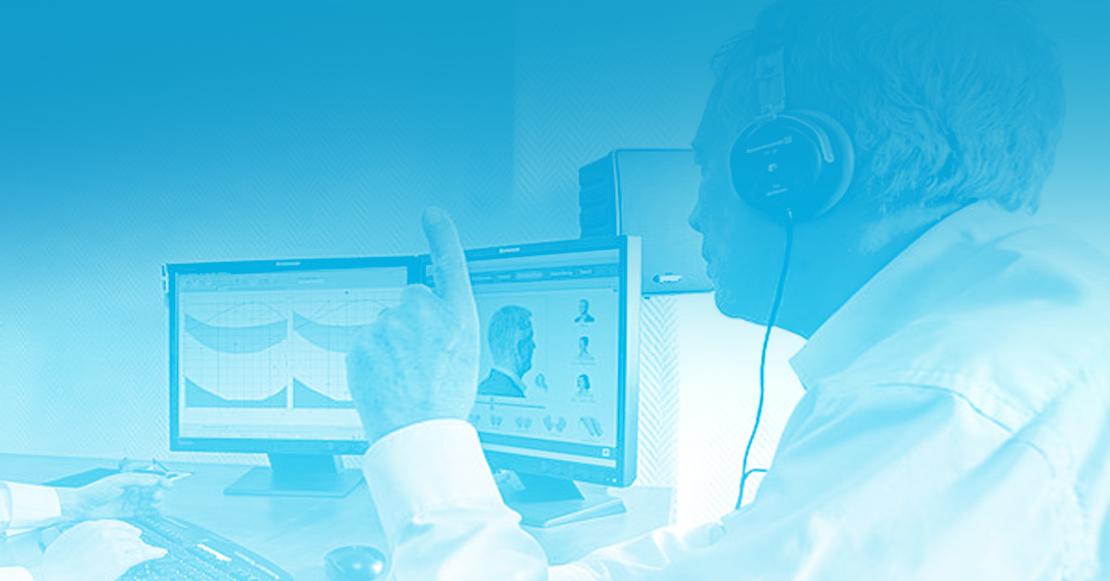Available Otoscopic - Audiological tests include
1. Ear microscopy - Ear Canal Endoscopy
Procedure: Assessement of outer and middle ear conditions.
2. Tympanometry:
Procedure: A soft tipped probe is placed in the opening of the patient’s ear canal. Pressure changes estimate the condition of their middle ear and the mobility of the eardrum.
Acoustic Reflex Examination
Procedure: A soft tipped probe is placed in the opening of the patient’s ear canal. Short bursts of sound of varied frequency and intensity are used to check the working of the acoustic reflex.
3. Pure Tone Audiometry – High Frequency Audiometry:
Procedure: Patients are asked to respond to different sounds by pressing a button in order to define the quiest sounds they can hear.
4. Speech Audiometry
Procedure: A list of words of varied intensity are presented to the patient, who is asked to repeat what he hears, in order to test the level of his speech perception.
5. Speech in Noise Audiometry
Procedure: A list of words of varied intensity with background noise are presented to the patient who is asked to repeat what he hears. This test aims to the more realistic estimation of a patient’s speech perception in everyday life.
6. Free-Field Audiometry
Procedure: Pure tone audiometry and speech audiometry performed through speakers.
7. Otoacoustic Emission Test
Procedure: A soft tipped probe is placed in the opening of the patient’s ear canal and presents a clicking sound. The same probe then records the reflection of sound back from the inner ear. The test is important when cochlear damage is suspected as it specifically examines the function of cochlear outer hair cells.
8. Auditory Brainstem Response (ABR) test
Procedure: With the patient lying down with eyes closed, headphones present clicks of different frequencies and intensities. Sensors placed on the skin of his head are measuring time taken for the sound to get to the brain, estimating the function of the auditory pathway.
9. Real Ear Measurements (REM)
Procedure: A soft probe is placed in the ear canal and records the response of the hearing aid. This process is used for hearing aid fitting.
Available Vestibular tests include
1. Electronystagmography
Equipment:
2. Videonystagmography
3. Vestibular Evoked Myogenic Potential (VEMP) test
Procedure: Electrodes are attached on the patient’s head, collar bone and neck muscle. The patient is lying down listening to a clicking sound while turning hise head right and left. The electrical potential of the muscle is being recorded.
4. Sensory Organization Test:
5. Video Head Impulse Test (VHIT)
Procedure: Patient is asked to sit relaxed and where specific eyeglasses. A specifically trained examiner abruptly accelerates – decelerates patients head in different directions. Software is making analysis of the collected data and is estimating the specific site of vestibular lesion.
6. Caloric Test
7. Posturography (BalanceRite, Virtual Reality)



